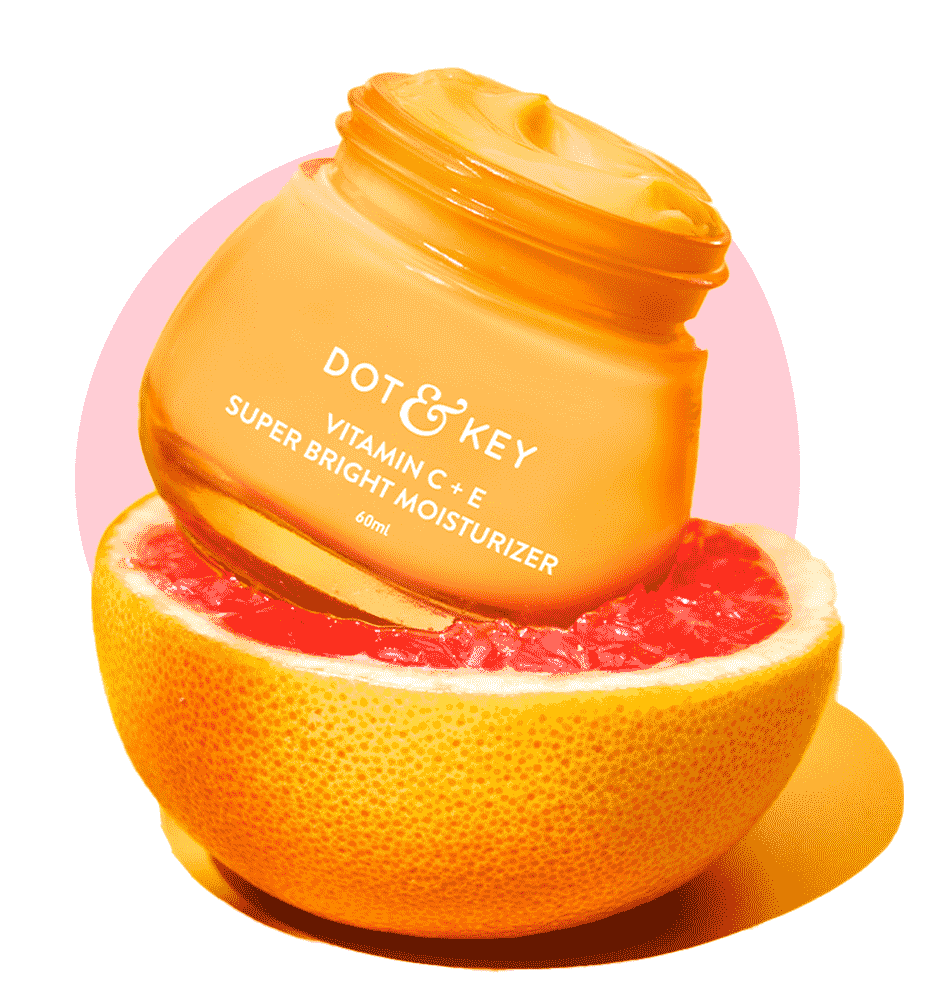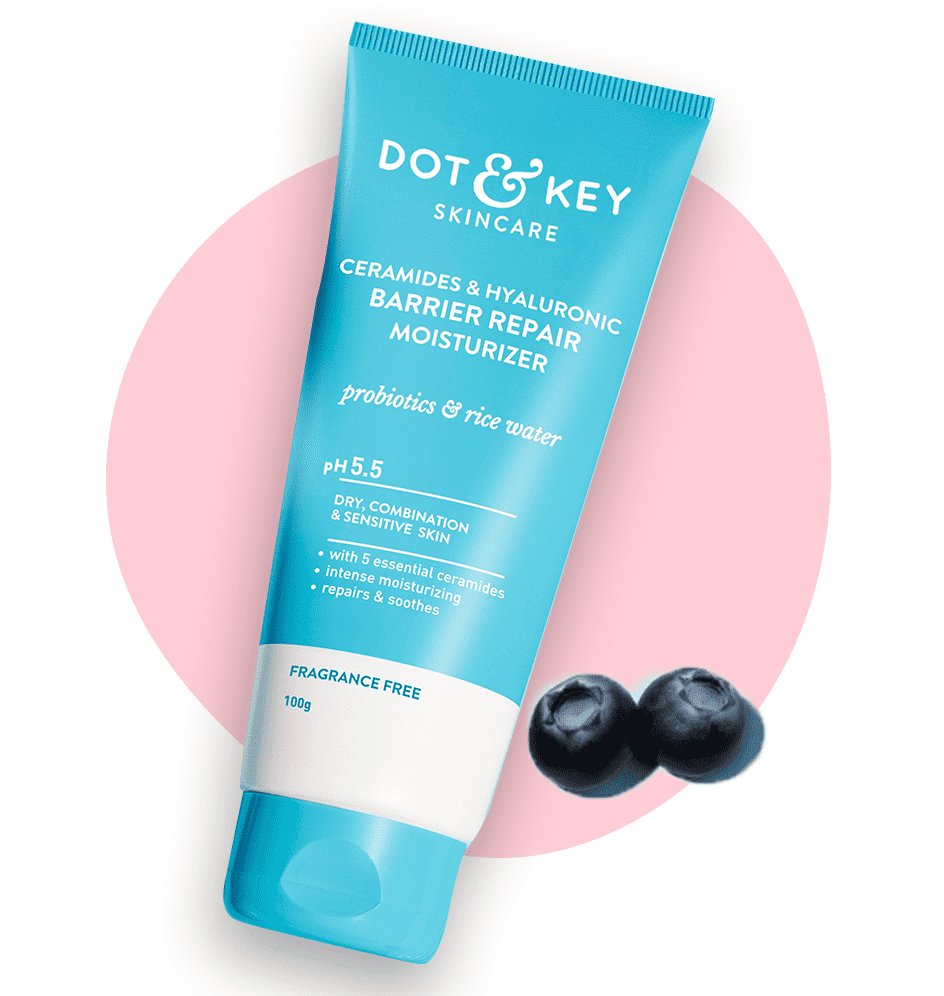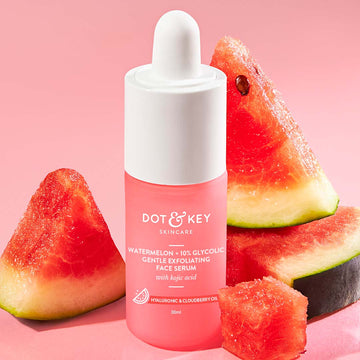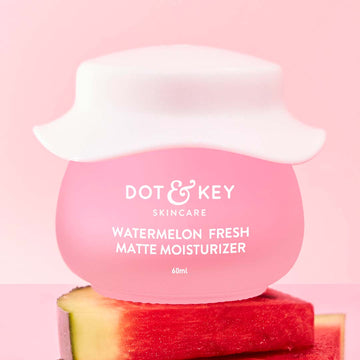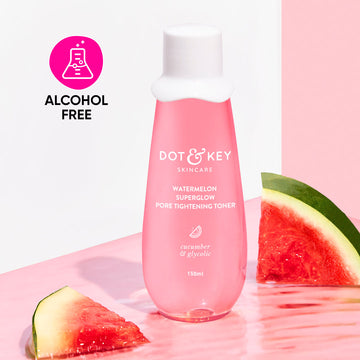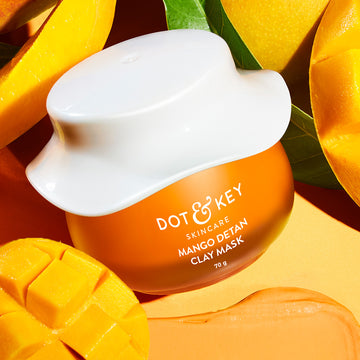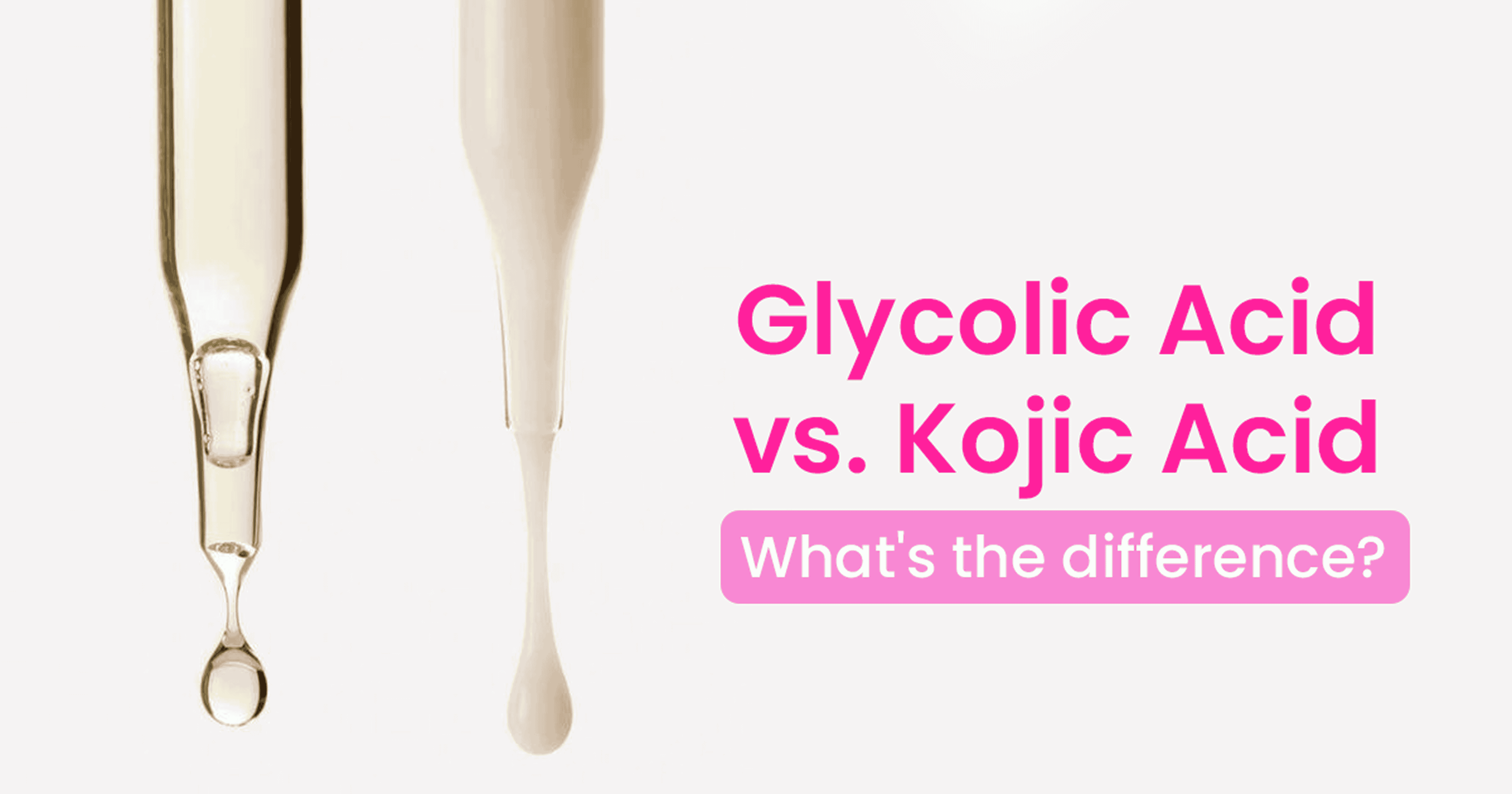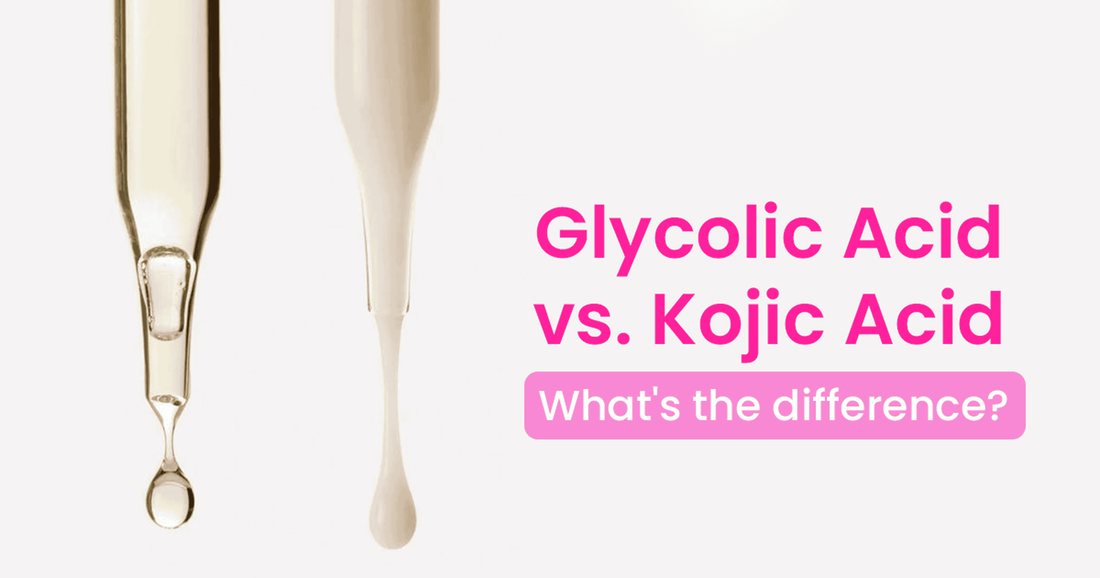
When it comes to achieving a radiant complexion, both Glycolic Acid and Kojic Acid pack a punch—but in different ways. Glycolic acid is an exfoliation expert, sloughing off dead skin cells to smooth texture and brighten dull skin. Kojic acid, on the other hand, is a pigmentation warrior, tackling dark spots and uneven skin tone for a more balanced complexion.
So, which one should you choose? Or can you use them together? Let’s dive into the details and find out which powerhouse ingredient best suits your skin goals!
What is Glycolic Acid?
Glycolic acid is an alpha-hydroxy acid (AHA) derived from sugarcane. It is a chemical exfoliant that removes dead skin cells from the surface of the skin to reveal brighter, smoother skin.
Key Benefits of Glycolic Acid:
- Exfoliates: Removes dead skin cells, improving texture and tone.
- Brightens Skin: Fades dullness and reveals a radiant complexion.
- Fades Hyperpigmentation: Treats dark spots, acne scars, and melasma.
- Stimulates Collagen Production: Improves elasticity and reduces fine lines and wrinkles.
- Enhances Product Absorption: Prepares the skin to better absorb other skincare products.
What is Kojic Acid?
Kojic acid is a natural compound derived from fungi or a byproduct of fermented rice. It’s best known for its ability to inhibit melanin production, making it a popular ingredient for brightening and treating hyperpigmentation.
Key Benefits of Kojic Acid:
- Brightens Skin Tone: Reduces pigmentation and evens out the complexion.
- Fades Dark Spots: Treats melasma, age spots, and sun damage.
- Prevents Future Pigmentation: Inhibits melanin production.
- Gentle on Skin: Suitable for sensitive skin when used in low concentrations.
- Antioxidant Properties: Protects the skin from environmental damage.
How They Compare
| Feature | Glycolic Acid | Kojic Acid |
|---|---|---|
| Primary Function | Exfoliation and smoothing skin texture. | Brightening and reducing pigmentation. |
| Skin Type | Best for normal, dry, and ageing skin. | Suitable for all skin types, especially sensitive skin. |
| Exfoliation | Strong chemical exfoliant. | Non-exfoliating; works on melanin production. |
| Brightening | Gradual improvement by removing dead skin cells. | Highly effective for dark spots and melasma. |
| Anti-Ageing Benefits | Stimulates collagen and reduces fine lines. | Minimal; primarily focuses on pigmentation. |
| Hyperpigmentation | Fades post-inflammatory marks over time. | Specifically targets and prevents dark spots and melasma. |
| Irritation Potential | Moderate; may cause redness or dryness. | Low to moderate; gentle when used in proper concentrations. |
| Frequency of Use | 2–3 times a week initially; increase as tolerated. | Can be used daily, depending on product formulation. |
Which is Better for Your Skin?
The choice depends on your skin concerns and goals:
Choose Glycolic Acid If:
- Your primary concern is dullness, uneven texture, or rough skin.
- You want to exfoliate and improve skin texture and tone.
- You’re looking for anti-ageing benefits, like reducing fine lines and boosting collagen.
- You have normal to dry skin that can tolerate chemical exfoliation.
Choose Kojic Acid If:
- Your primary concern is hyperpigmentation, dark spots, or melasma.
- You want to brighten your complexion and prevent future pigmentation.
- You have sensitive skin that needs a gentle brightening solution.
- You’re looking for a targeted treatment for discoloration and sun damage.
Can You Use Glycolic Acid and Kojic Acid Together?
Yes, glycolic acid and kojic acid can be used together to address multiple skin concerns, such as dullness, texture, and pigmentation.
- Glycolic Acid Exfoliates: Prepares the skin by removing dead cells, allowing kojic acid to penetrate better.
- Kojic Acid Brightens: Targets pigmentation and evens out skin tone.
How to Use Them Together:
- Apply Glycolic Acid First: Use a glycolic acid toner or serum after cleansing to exfoliate and prep the skin.
- Follow with Kojic Acid: Layer a kojic acid serum or cream to target pigmentation.
- Moisturize: Seal in hydration with a moisturizer.
- Use Sunscreen: Both ingredients increase sun sensitivity, so SPF 30 or higher is essential.
Alternatively, you can use them on alternate days to reduce the risk of irritation.
Who Should Use Both?
- Acne-Prone Skin with Dark Spots: Glycolic acid smooths texture, and kojic acid fades post-acne marks.
- Ageing Skin with Pigmentation: Glycolic acid reduces fine lines, while kojic acid targets age spots and melasma.
- Combination Skin: Use glycolic acid on dull or rough areas and kojic acid on pigmented spots.
Common Mistakes to Avoid
-
Overusing Glycolic Acid:
Too much exfoliation can lead to irritation and a damaged skin barrier. Introduce it slowly. -
Skipping Sunscreen:
Both glycolic acid and kojic acid make your skin more sensitive to UV damage, so sunscreen is non-negotiable. -
Not Moisturizing:
Follow with a hydrating product to balance the exfoliation and prevent dryness.
Science Backing
- Glycolic Acid: Studies in the Journal of Dermatological Science highlight glycolic acid’s effectiveness in improving skin texture, tone, and elasticity.
- Kojic Acid: Research in the Journal of Cosmetic Dermatology confirms kojic acid’s ability to reduce melanin production, making it effective for hyperpigmentation and melasma.
- Combination Use: Dermatologists often recommend combining exfoliants like glycolic acid with brightening agents like kojic acid for comprehensive skin rejuvenation.
Conclusion
Both glycolic acid and kojic acid are excellent skincare ingredients, but they serve different purposes. Choose glycolic acid for exfoliation, smoothing, and anti-ageing benefits. Opt for kojic acid if your primary goal is to fade pigmentation and brighten skin tone.
FAQs About Glycolic Acid and Kojic Acid
1. Should I Use Glycolic Acid or Kojic Acid First?
If using them together, apply glycolic acid first to exfoliate and prep the skin, then follow with kojic acid for brightening.
2. Can I Use Them Every Day?
- Glycolic Acid: Start with 2–3 times a week and increase as tolerated.
- Kojic Acid: Can be used daily, depending on the product concentration.
3. Do They Work for All Skin Types?
Yes, but glycolic acid is better suited for normal to dry skin, while kojic acid is gentler and works for all skin types.







